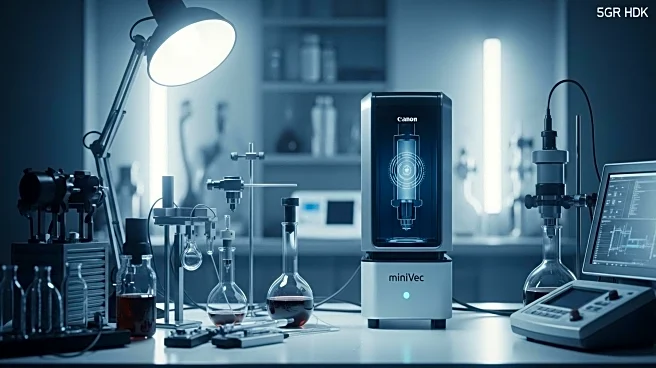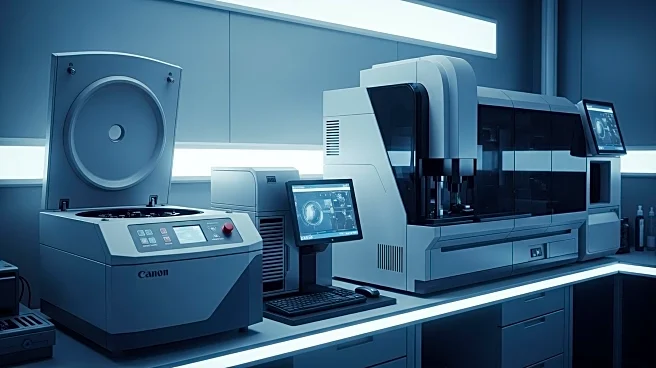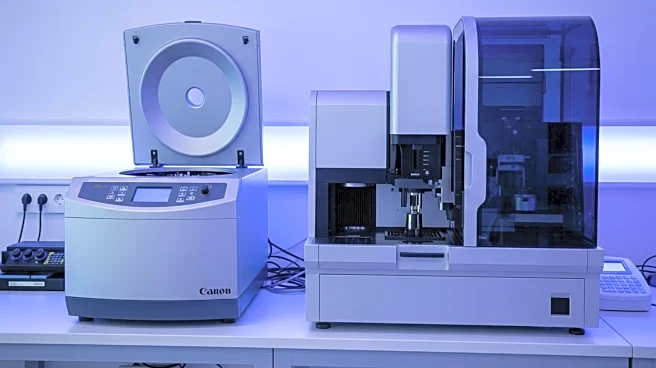What's Happening?
PlasmidFactory GmbH and the Fraunhofer Institute for Cell Therapy and Immunology IZI have entered into a Memorandum of Understanding to advance non-viral cell and gene therapies. This collaboration aims to leverage PlasmidFactory's expertise in plasmid and Minicircle DNA manufacturing with Fraunhofer IZI's capabilities in immuno-oncology and regenerative medicine. The partnership focuses on developing virus-free genetic engineering platforms, which promise to streamline manufacturing processes and improve therapeutic outcomes. Historically, the two organizations have collaborated on CAR-T cell manufacturing and virus-free gene transfer research, laying the groundwork for this new initiative.
Why It's Important?
The collaboration between PlasmidFactory and Fraunhofer IZI is significant as it addresses the challenges associated with viral vectors, which are commonly used in gene therapies but come with high costs and safety concerns. By focusing on non-viral methods, such as Minicircle DNA, the partnership aims to enhance transfection efficiency and reduce DNA toxicity, offering a safer and more cost-effective alternative. This development could accelerate the availability of advanced therapies, benefiting patients with conditions that require innovative treatment options. The initiative also strengthens Europe's position in the global market for advanced cell and gene therapies.
What's Next?
The partnership is expected to focus on refining non-viral manufacturing workflows and translating scientific innovations into clinical applications. As the collaboration progresses, it may lead to the development of new therapeutic products that can be brought to market more efficiently. Stakeholders in the healthcare and biotechnology sectors will likely monitor the outcomes closely, as successful advancements could influence industry standards and regulatory practices. The collaboration may also inspire similar partnerships aimed at overcoming the limitations of viral vector production.
Beyond the Headlines
The shift towards non-viral gene therapies highlights broader ethical and safety considerations in genetic engineering. By reducing reliance on viral vectors, the collaboration addresses concerns about insertional mutagenesis and other safety issues. This approach aligns with a growing emphasis on patient-centered innovation, where technological advancements are directly linked to improving patient outcomes. The partnership may also contribute to long-term shifts in how gene therapies are developed and implemented, potentially setting new benchmarks for safety and efficacy in the field.










